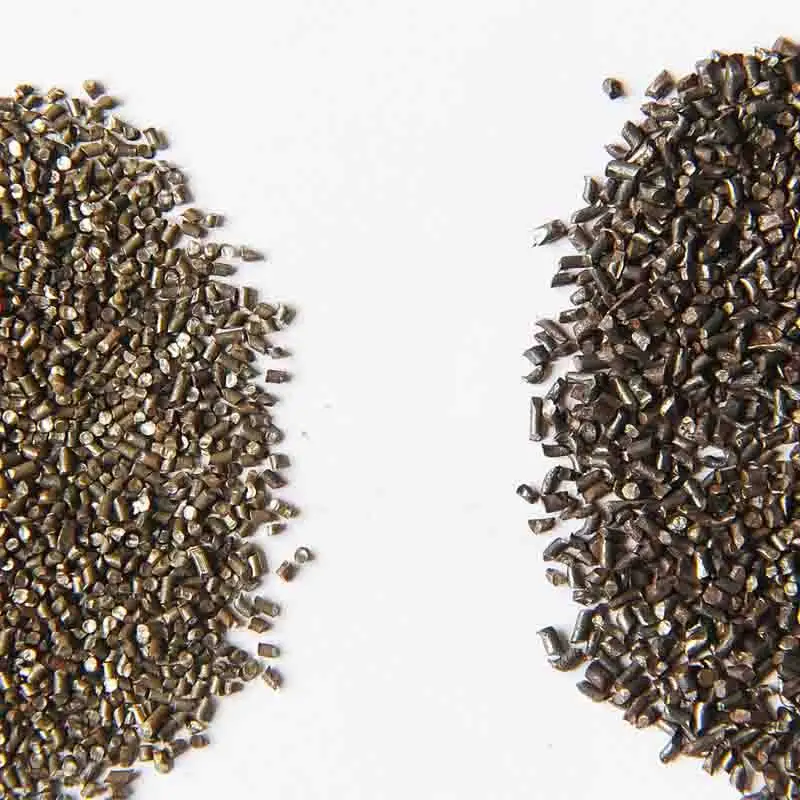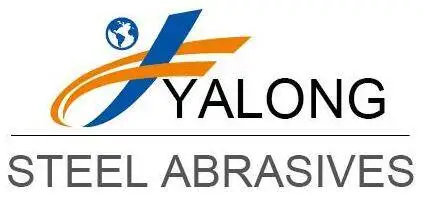The Role of Steel Grit
The Role of Steel Grit

steel grit is a type of abrasive that is made of crushed particles of steel. It belongs to the family of steel abrasives. These grits are used for sharpening metal surfaces, such as machined parts. They should be harder than the material they're abrading, preferably stainless or high carbon steel. This type of abrasive also helps prevent rust from forming on the finished product.
This abrasive comes in a range of sizes and shapes. Its angular shape makes it perfect for blasting steel and other hard metals. The resulting etching improves the adhesion of new coatings. One of its main uses is in the reconditioning of railway cars. Rail grit is another form of steel grit, which can be used for removing flashing and metal parts.
Steel grit can be reused multiple times. The process of blasting metals can also remove coatings and medium-heavy metals. This media is recovered using mechanical blast media recovery equipment. This means that it can be used up to 150 times. By contrast, the waste steel grit is disposed of after the process. It can be recycled multiple times to create a higher yield. If you're considering buying steel grit, be sure to do some research on its uses.
Steel grit is an aggressive media used in blasting. This media is highly effective in stripping many types of surface contaminants from steel. Unlike aluminum oxide, steel grit does not fracture easily, so it's an excellent choice for aggressive cleaning. In addition, steel grot is more resistant to corrosion than aluminum oxide and can be combined with steel shot for an efficient descaling process. Angular steel granules create a textured finish on metal surfaces, which makes them an ideal substrate for paint or other coatings.
Steel grit is an aggressive media that is suitable for removing varying degrees of coatings. Its angular nature makes it an ideal choice for removing mill scale and varying degrees of existing coatings. Typically, grit is a round and flat material that is abrasive. It is usually used in blasting operations and is available in different sizes. When compared to other abrasives, steel grit is used in abrasive applications.
The main use of steel grit is in stripping and blasting applications. Its angular nature makes it ideal for the removal of various degrees of coatings. Some of its most popular applications include demolition of various metal parts, removing flashing, and cleaning and polishing of paint. The angular nature of the grit allows it to be recycled and reused several times. Its versatility and price make it a highly versatile tool.
Because of its hardness, steel grit is a versatile media that can be reused multiple times. The angularity of steel grit makes it ideal for the removal of varying amounts of coatings. In addition to blasting, it is also useful for reconditioning railway cars and forging metal parts. In general, it is a great choice for various applications. It is a versatile material and is widely available.
In addition to blasting, steel grit is a versatile media that is available in different shapes and sizes. It's also abrasive and is often used for stripping and blasting. Its hardness is equivalent to that of the grit in the metal-making industry. These types of grit are used for many different processes. The common uses of steel sanding media include removing various layers of coatings.
Steel grit is used for different applications and processes. It is available in different sizes and shapes and is used for blasting metal surfaces. The most common uses for steel grit are reconditioning and stripping of different levels of coatings. It can also be used in the forging industry. In addition to these uses, steel sandpaper is used for many other purposes. If you have a need for this media, BlastOne can suggest the right machine for your specific application.
Among the most common applications for steel grit, it is also used in abrasive blasting. Its jagged shape and high hardness make it a good abrasive. This grit is commonly used for removing layers of oxide on hard materials, such as granite. It is also used for removing paint and abrasive coatings. It's important to note that the purpose of steel grit is to remove the oxides from the surface of the surface.
 Telephone :+86 157 6285 8378
Telephone :+86 157 6285 8378 WhatsApp :+86 157 6285 8378
WhatsApp :+86 157 6285 8378 Email :
Email :














